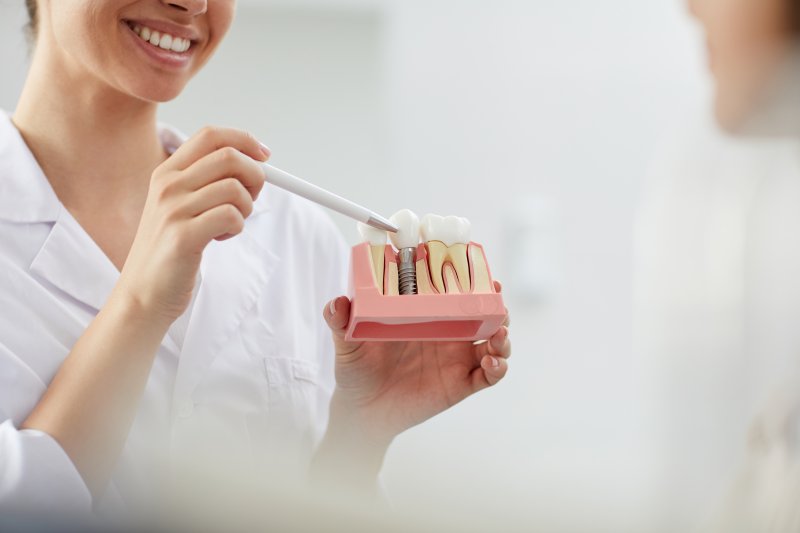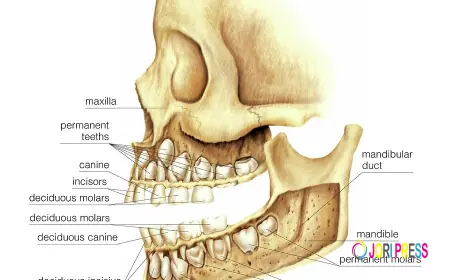Topical Gels and Creams for Dental Implant Pain Relief
Dental implants have revolutionized restorative dentistry, offering a durable and natural-looking solution for missing teeth. However, discomfort after implant surgery is a common concern—especially in the initial recovery phase. While oral painkillers help, many patients seek gentler, more targeted solutions. Enter: topical gels and creams, a growing go-to for patients asking: “How to relieve pain from dental implant?”
This guide dives into the role of topical products in managing implant-related pain—covering how they work, what’s safe, and what professionals recommend. Whether you're recovering post-surgery or dealing with lingering tenderness, you'll discover options designed for comfort and healing.

Understanding Dental Implant Pain
Why Does Pain Occur After Implants?
Pain from dental implants typically arises from:
-
Surgical trauma to gum and bone tissue
-
Inflammation or swelling around the implant site
-
Nerve sensitivity during healing
This discomfort is normal in the first few days post-procedure, with peak soreness usually subsiding within a week. However, some patients may feel pain for longer—especially if oral hygiene or aftercare isn't optimal.
How Topical Gels and Creams Help
Topical products offer localized pain relief, making them an ideal supplement (or alternative) to oral medications. Instead of going through the bloodstream, these gels work directly on the affected gum area.
Key Benefits Include:
-
Targeted action: Focused relief where it’s needed most
-
Reduced side effects: Less impact on stomach or liver compared to oral meds
-
Faster onset: Quick soothing due to direct contact with tissue
This makes topical treatment a smart choice for those wondering how to relieve pain from dental implant in a way that’s safe and efficient.
Types of Topical Gels and Creams Used
Let’s explore some of the most effective over-the-counter and prescription options.
1. Benzocaine Oral Gels
Benzocaine is a widely used anesthetic that temporarily numbs the area.
-
How it works: Blocks nerve signals at the gum surface
-
Pros: Fast relief within minutes
-
Brands: Orajel, Anbesol
-
Caution: Should not be used excessively; follow directions carefully
2. Lidocaine-Based Creams
Lidocaine is another local anesthetic—stronger than benzocaine and often available via prescription.
-
Common in dental gels for pain
-
Helps especially if there's sharp nerve-related pain
-
Available in gel or rinse form
3. Chlorhexidine Gel
While primarily an antimicrobial, chlorhexidine can reduce discomfort by minimizing inflammation and infection risk.
-
Common after implant placement to aid healing
-
Prevents bacterial buildup
-
Reduces post-surgical gum irritation
4. Natural and Herbal Gels
Some patients prefer natural remedies such as:
-
Clove oil gel: Contains eugenol, a natural analgesic
-
Aloe vera-based creams: Anti-inflammatory and soothing
-
Chamomile extracts: Gentle on gums and promotes healing
These options are great for sensitive users or those avoiding pharmaceuticals.
Choosing the Right Product
Things to Consider:
-
Sensitivity: Choose alcohol-free gels for sensitive gums
-
Duration: Some anesthetic gels offer quick relief but wear off fast
-
Ingredients: Look for FDA-approved actives and avoid irritants
Ask your dentist for guidance, especially if you're taking other medications or managing chronic gum issues.
Application Tips for Maximum Relief
Proper usage boosts effectiveness. Here’s how to relieve pain from dental implant using topical gels correctly:
-
Clean the area: Brush gently and rinse with saline or prescribed mouthwash
-
Apply a small amount: Use a clean finger or cotton swab to apply directly to the sore spot
-
Avoid eating/drinking: Wait 30 minutes post-application to let the gel work
-
Repeat as directed: Most gels can be reapplied every 4-6 hours, but read labels carefully
When Topicals Aren’t Enough
Topical gels provide excellent relief for mild to moderate discomfort. However, contact your dentist if you notice:
-
Persistent pain beyond 7–10 days
-
Swelling that worsens
-
Foul odor or discharge (may indicate infection)
-
Loose implant or bleeding
Your dentist may prescribe oral antibiotics or stronger analgesics in such cases.
Combining Topicals with Other Strategies
For a full recovery, pair your topical treatment with other evidence-based pain management techniques:
-
Cold compresses: Reduce swelling in the first 48 hours
-
Saltwater rinses: Promote gentle healing
-
Soft diet: Avoid hard or crunchy foods that stress the implant site
-
Elevated head positioning: Reduces blood flow and pressure to the jaw area at night
These measures complement topical pain relief and speed up the healing process.
Common Patient FAQs
Can I use topical gels every day?
Yes, but follow package instructions. Overuse can lead to gum irritation or desensitization.
Are natural gels as effective as medicated ones?
For mild pain, yes. For sharp or persistent discomfort, a medicated gel with lidocaine or benzocaine may be more effective.
Do gels interfere with implant healing?
No—when used properly, they support comfort without interfering with osseointegration (bone fusion). Always use dentist-recommended products.
Final Thoughts
Pain after a dental implant is expected—but manageable. Topical gels and creams offer an effective, low-risk option that fits naturally into your recovery routine. Whether you choose fast-acting anesthetics or soothing herbal remedies, applying them correctly can significantly improve your healing experience.
If you’re still wondering how to relieve pain from dental implant, topical gels might just be the missing piece in your aftercare strategy. Combine them with good hygiene, rest, and dental guidance for optimal results.
What's Your Reaction?
 Like
0
Like
0
 Dislike
0
Dislike
0
 Love
0
Love
0
 Funny
0
Funny
0
 Angry
0
Angry
0
 Sad
0
Sad
0
 Wow
0
Wow
0

















































